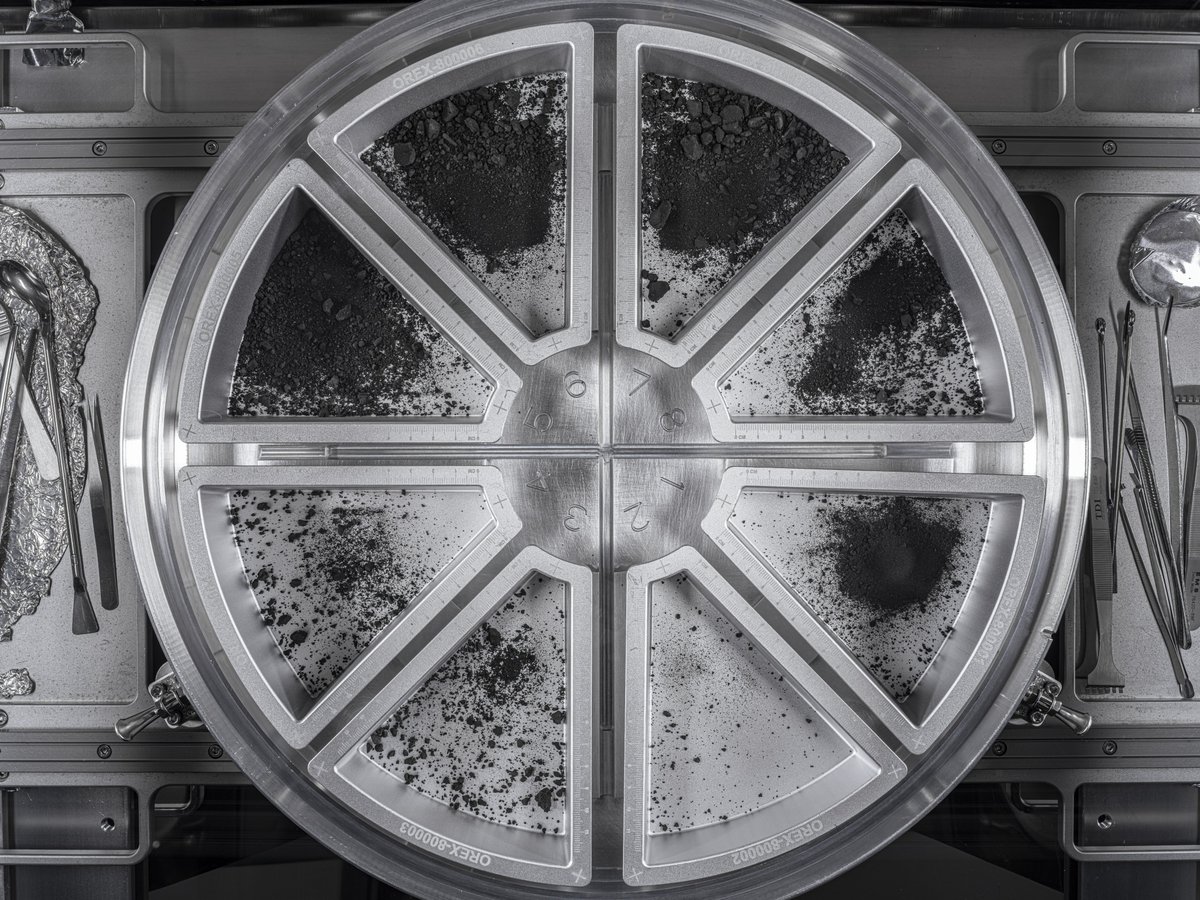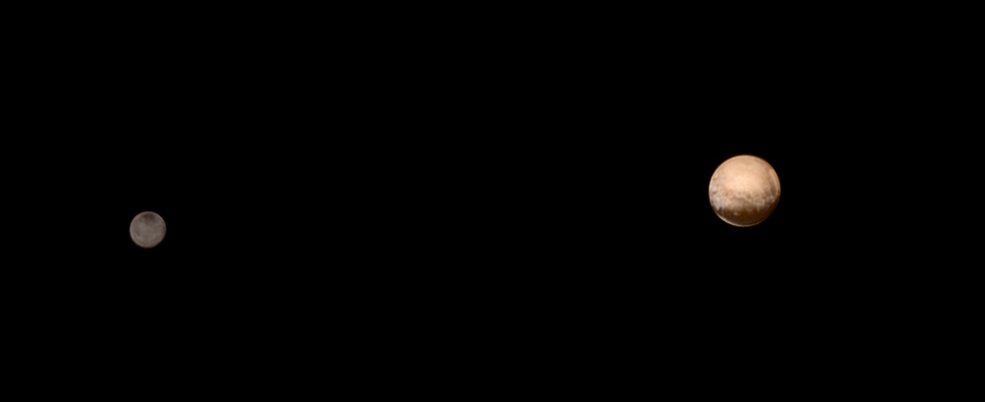In clear skies, the planet Jupiter will be visible as a brilliant "star" in the east after sunset. With binoculars, the planet's largest moons can be seen as points of light nearby. One of those points is Europa. Within hours, our #JunoMission will be there.🧵 1/6 

That little dot is actually a complex, intriguing world. Europa is about size of Earth's Moon. Beneath its cold outer shell of ice, scientists think it hides a global ocean of liquid water. The evidence came from several NASA spacecraft that flew by Jupiter over the years... 2/6 





...and one in particular, the Galileo mission, which orbited the planet and observed Europa and its magnetic field up close. solarsystem.nasa.gov/galileo 3/6 





Now, it's Juno's turn. The spacecraft has been orbiting Jupiter since 2016, studying the giant planet's atmosphere, interior, magnetic field, and more. But this is its first close pass by Europa. It's also the first close Europa encounter by any mission since Galileo in 2000. 4/6 

Juno will zoom by fast and low, merely 220 miles (350 kilometers) or so from the surface. The plan is to snap a few quick pictures, and also observe Europa with a whole suite of powerful science instruments, looking for clues about the nature of its surface, ocean, and more 5/6
If all goes well, within a day or so we should have that data, including a few pictures, back on the ground here on Earth. As we study it, we'll gain more insight into this one dot of light, that is really an entire world that helps us understand our own world as well. 6/6 

• • •
Missing some Tweet in this thread? You can try to
force a refresh




















